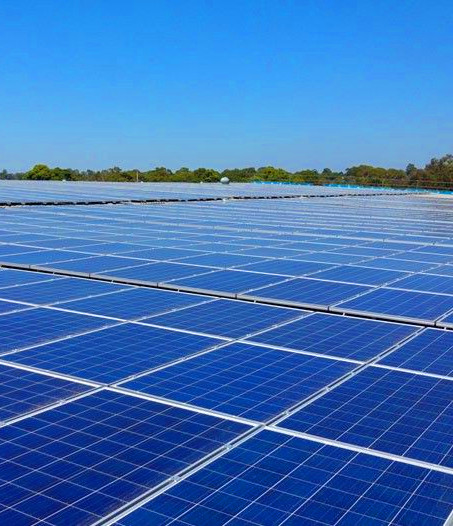AEMO outlines green path
 AEMO has released its 30-year electricity market roadmap.
AEMO has released its 30-year electricity market roadmap.
The Australian Energy Market Operator (AEMO) has published the 2022 Integrated System Plan (ISP), outlining a 30-year plan for investments across the National Electricity Market (NEM).
The details were drawn from consultations with 1,500 stakeholders including policy-makers, governments, consumers and energy industry representatives, combined with rigorous economic and engineering analysis.
It lays out an ‘optimal development path’ of essential transmission investments that will efficiently enable low-cost, firmed renewable energy to replace coal generation.
If this path plays out, Australia would become the world’s first nation to meet 100 per cent of demand from renewables, almost all of it wind and solar.
The transmission projects are forecast to deliver $28 billion in net market benefits, returning 2.2 times their cost of $12.7 billion, which represents just 7 per cent of the total generation, storage and network investment in the NEM.
AEMO has identified five projects as immediately actionable which should progress as urgently as possible: HumeLink, VNI West, Marinus Link, Sydney Ring and New England REZ Transmission Link.
While delivery dates are as advised by project proponents, earlier delivery would provide valuable insurance for any faster transition or additional benefits to consumers.
AEMO and stakeholders also identified the most likely future for the NEM, called the ‘step change’ scenario, having considered ageing generation plants, technical innovation, economics, government policies, energy security and consumer choice.
“The step change scenario forecasts annual electricity consumption from the grid will double by 2050, as transport, heating, cooking and industrial processes are electrified and 60 per cent of current coal generation exiting by 2030,” says AEMO CEO, Daniel Westerman.
“To maintain a secure, reliable and affordable electricity supply for consumers through this transition to 2050, investment is required for a nine-fold increase in grid-scale wind and solar capacity, triple the firming capacity (dispatchable storage, hydro and gas-fired generation) and a near five-fold increase in distributed solar,” he said.
The chief believes that the need to cost-effectively deliver the investment in firmed renewables has gathered momentum in recent months.
“We’ve recently seen market dynamics exhibiting the step change scenario, including accelerated coal-fired power station closures. In addition, generation unavailability and high commodity prices further highlight the need to invest in the transmission plan outlined in the ISP to support firmed renewables,” Mr Westerman says.
“The ISP will help industry participants, investors, governments and communities plan for the decarbonisation of the power system to deliver low-cost, firmed renewable electricity with reliability and security.
“Importantly, the ISP will help meet state and national climate targets, and contribute to economic growth through low-cost, reliable energy,” he said.
The ‘step change’ would see Australia reach a share of renewables of over 90 per cent in the early 2040s, as the last coal generator exits the grid. However, the scenario predicts that the share of renewables would not quite make it to 100 per cent.
Mr Westerman says this is because the cost of closing down the last few per cent of fossil fuel generation with renewables and storage would be significantly higher than the cost of transitioning the first 95 or 96 per cent.







 Print
Print